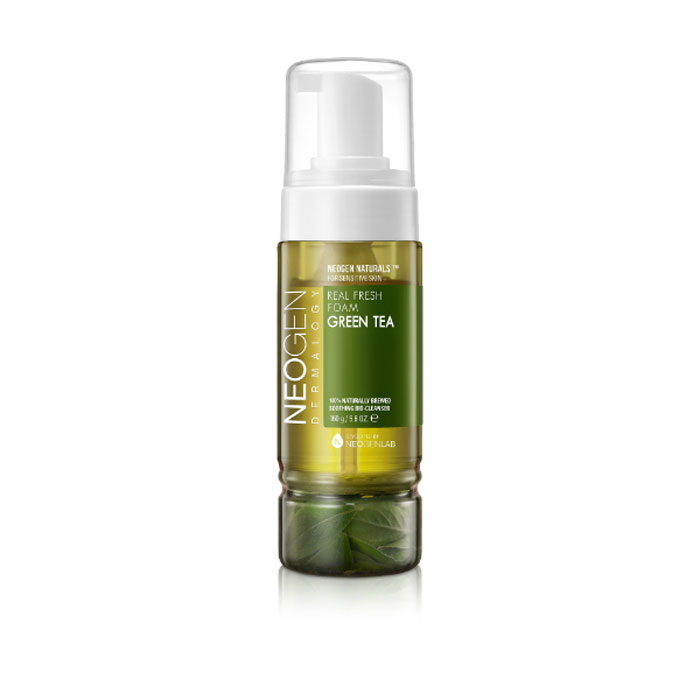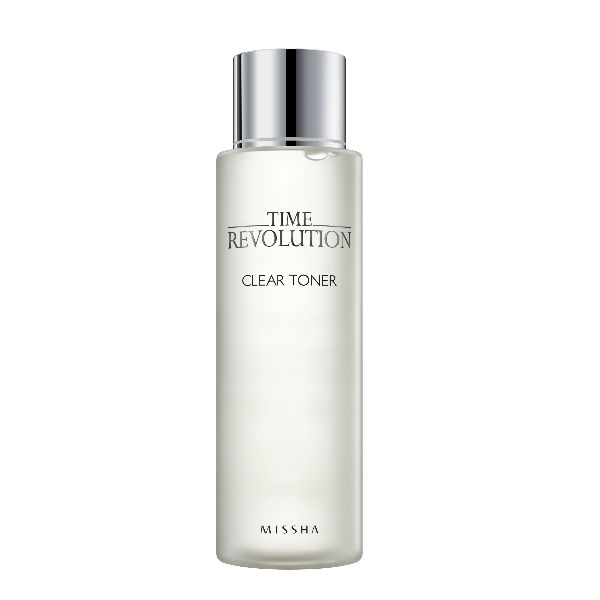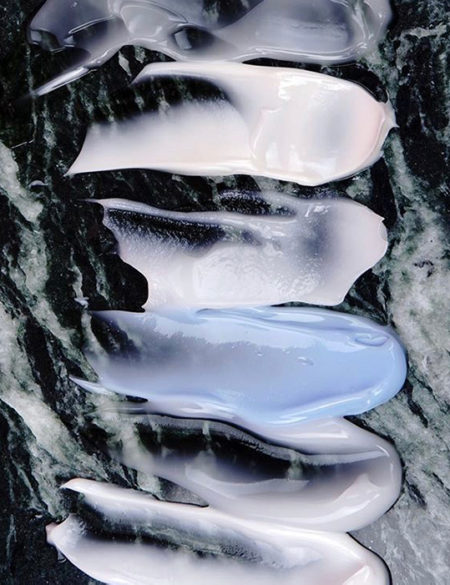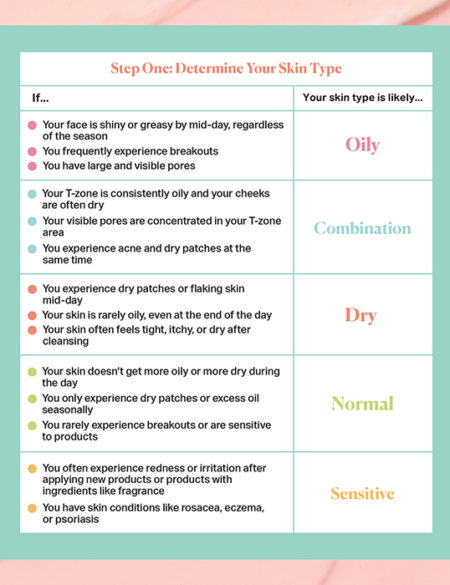Combination skin is one of the more popular skin types. Find out how to tell if you really have it and the best products for tackling it.
Of all the different skin types, combination skin is one of the more confusing and prevalent ones. Characterized as having a mix of oily and dry skin, combination skin is more common and persistent.
But how do you know if you really have combination skin? And can you ever change your combination skin into normal skin? I reached out to Michele Farber, a dermatologist with Schweiger Dermatology Group in New York City, to get the lowdown on combo skin.
First things first, what does it really mean to have combination skin?
Previously, we interviewed a bunch of dermatologists who said that combination skin generally means having an oily T-zone and and dry cheeks. But here is a comprehensive checklist of the ways you know you have combination skin (and not oily skin):
- You only need to use a moisturizer on your cheeks after washing your face.
- When you use a blotting paper on some areas, a lot of oil is produced on the paper, but then when you blot it on other areas, your skin feels tight and there are no oil stains the paper.
- You have larger pores on your nose than other areas of your face, dandruff with flaky patches around the nose and on your scalp, and have a combination of acne breakouts often on the central area of your face with dryness at the same time.
“People vary from dry to oily depending on the activity of their sebaceous glands, which produce oil,” says Farber. “People with combination skin may notice they are particularly oily around their T-zone, or nose and central face, which are areas most packed with oil glands.”
OK, I have combination skin. Do I have it because I’m not taking care of my skin the right way?
Once you’ve established that you do, in fact, have combo skin, you may be wondering if the reason why you have combination skin is because you’re not washing your face the right way or hydrating your skin correctly to mitigate the symptoms. That’s probably not true. While there’s no real way to actually create combination skin, you may be making your already combination skin worse with certain skin care moves that you think may be helping your skin.
“You could be over-cleansing to get rid of oil, but harsh cleansers will cause more dryness in already dry areas,” says Farber. “Also, when too much oil is stripped, it triggers your body to make more—not what you want. Exfoliating too much will also cause irritation and dry out skin more than desired.” So to avoid those annoying dry patches, make sure you exfoliate every other day and use a balanced foaming cleanser, like the Neogen Green Tea Real Fresh Foam Cleanser featured in our 10 Step Routine for Normal Skin.
So will I have combination skin forever? Is there any way to turn it into normal skin?
Good news: Your skin may not always be the combination type. Farber says that a variety of things that happen throughout life, including “stress, changes in hormones with puberty, menopause in women, and even seasonal changes” will affect the balance of your skin. “So you can’t change your skin entirely, but your skin will likely evolve slightly over time,” she says. And one way you can help induce immediate change? Focus on using the right skin care products.
Gotcha. What’s the important skin care product to focus on to help combination skin?
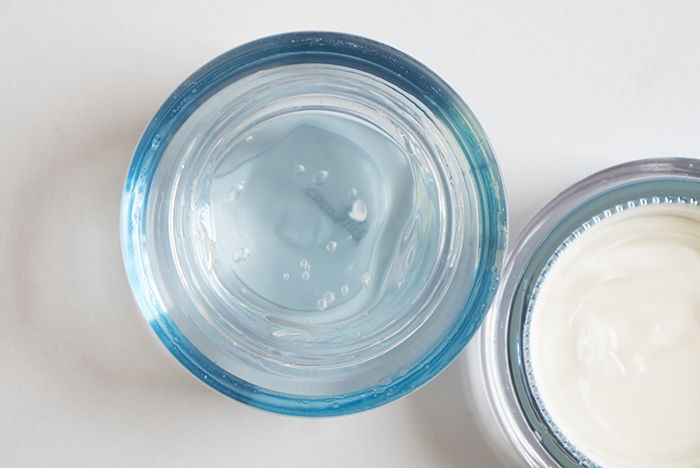
Farber says the two most important products are your moisturizer and your toner. “Use a light moisturizer like a gel moisturizer that will be gentle but hydrating for all areas of your face,” she says. You can’t go wrong with the Missha Super Aqua Water-full Clear Cream, a 2017 Best of K-beauty winner. The combination of hyaluronic acid and the lightweight texture of the cream makes it the perfect blend for hydrating dry patches and keeping things airy enough to not weigh down oilier areas.
“Adding glycolic acid washes and toners can also help even out skin texture,” says Farber. The Missha Time Revolution The First Treatment Essence RX is our choice because it actually deep cleans pores while providing hydration with fermented yeast extract.
Bottom line:
If you have combination skin, you may not be able to get rid of it, but you can control it with the right skin care methods and products. There is a difference between oily and combination skin so make sure you truly have combination skin (you meet all the criteria above) and adjust your skin care routine accordingly.



